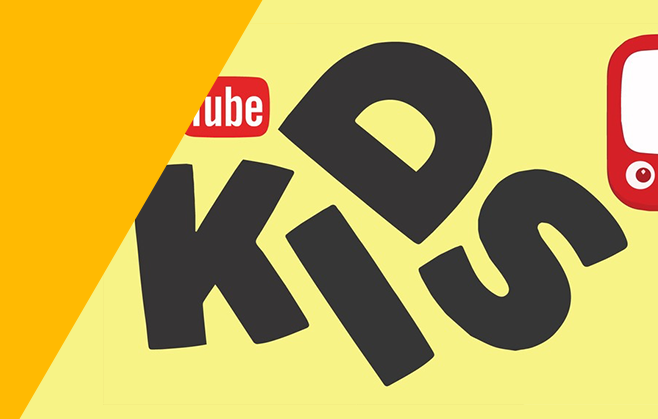
Is YouTube Kids flouting advertising regulations?
This week has a lot of negative press attention surrounding YouTube Kids, a new app allowing children to watch their favourite shows and channels. Merely two months into its launch, the platform has received backlash for allegedly using unfair advertising practices. Naturally, we were keen to explore further…
When The Practice team first heard of the new service, we took to the idea, as YouTube has gained significant popularity with the youngest generations over recent years. More and more, we’ve seen children as young as five tuning in to watch their favourite YouTube personalities, kids’-specific playlists and popular shows from the top broadcasters such as Cartoon Network and PBS. Therefore, it only makes sense that demand would soon be huge for a child-friendly version of the site, especially as other companies such as Netflix already offer children’s sections of their own. When we first read of YouTube’s new platform on Google’s blog, the service sounded like something that kids and their parents could wholly get on board with. Offering, as the company stated, “channels and playlists under four categories: Shows, Music, Learning and Explore”, as well as the option to search according to interest, YouTube’s app seemed as though widespread appeal would be imminent.
But since the app’s release back in February, Watchdog complaints have already been made, with one recently issued to the Federal Trade Commission alleging that YouTube’s new platform fails to distinguish between its advertising and programme content. Complaints have stated that current broadcasting practices are deceiving to both children and parents, and that ordinarily, such marketing would not be permitted on cable television. The main point of contention is YouTube’s allowance of branded channels from the likes of McDonalds and Fisher-Price, which many claim fuse adverts with shows. Allegedly, many brand channels have not explicitly clarified which content features sponsored product placement, and which does not, and there are also concerns about the frequency with which adverts are shown before and after each video. However, the backlash has been rejected by YouTube, who “strongly disagree” with the claims of “hyper-commercialization”.
Traditionally, advertisers have known for years that children are a profitable audience, with toys, games, food and tech gadgets the most lucrative items. Previous industry reports have stated that kids greatly influence breakfast and lunch choices, dining destinations, clothing, software and family entertainment choices. Aware of this, marketers’ popular tactics include associating childrens’ toy and food products with popular cartoon, TV, movie or story characters, and enhancing the item’s attributes with fantastical settings and contexts. And the online space has been paramount in helping buzz marketing spread through social platforms, with the top viral marketing campaigns always achieving success because of YouTube. This, coupled with the ease with which data can be gathered online and used for targeted advertising, means that concern around YouTube Kids is only natural.
What do you think about the new app? Do you think it will be popular with children and parents alike if it ensures content remains appropriate? We’d love to hear your thoughts as always, so please tweet to us @PracticeDigital and share your comments on our Facebook page.




